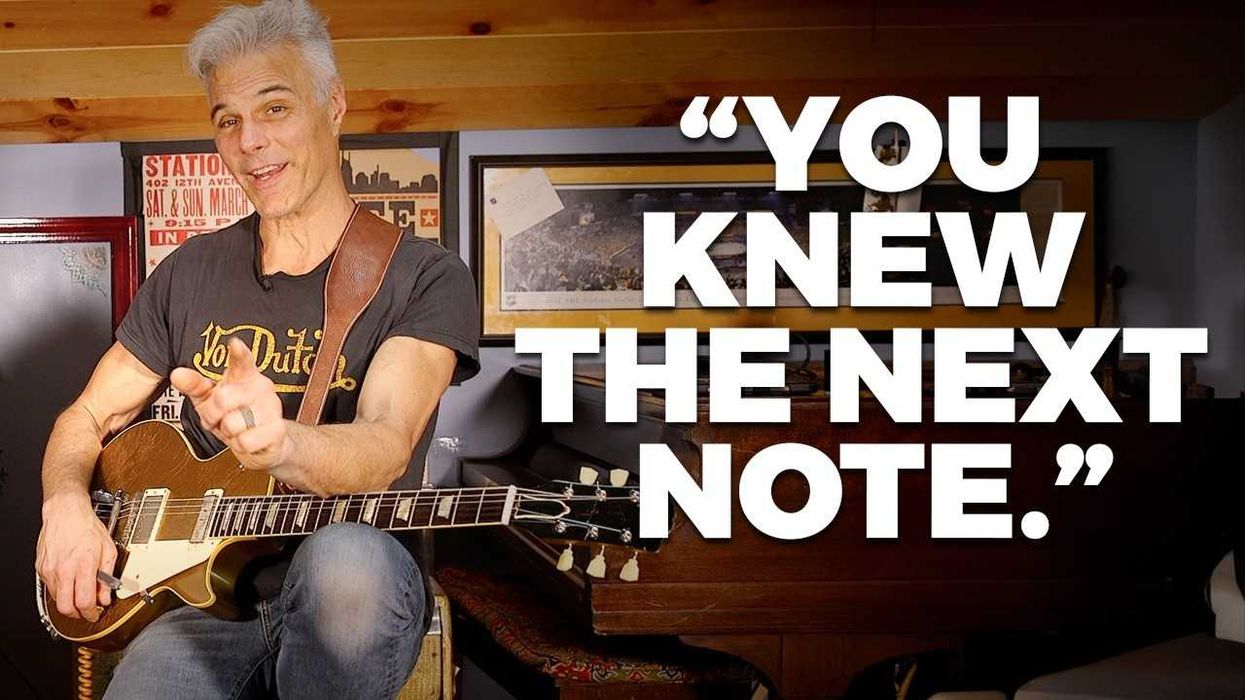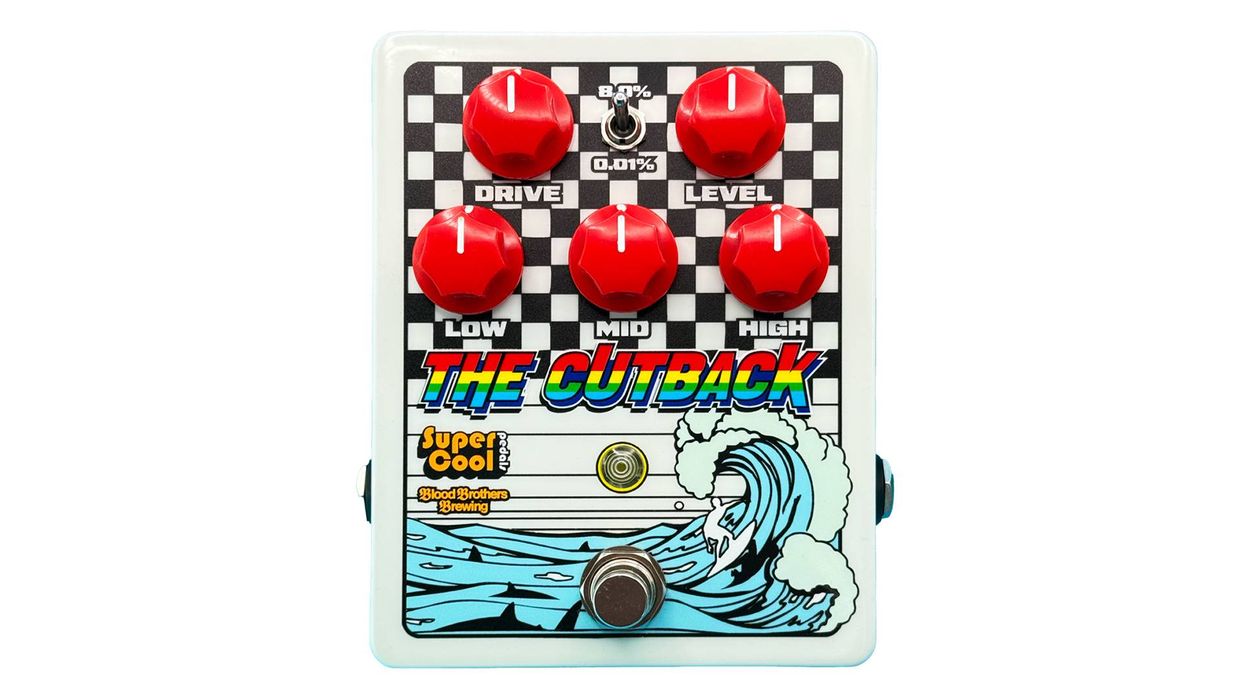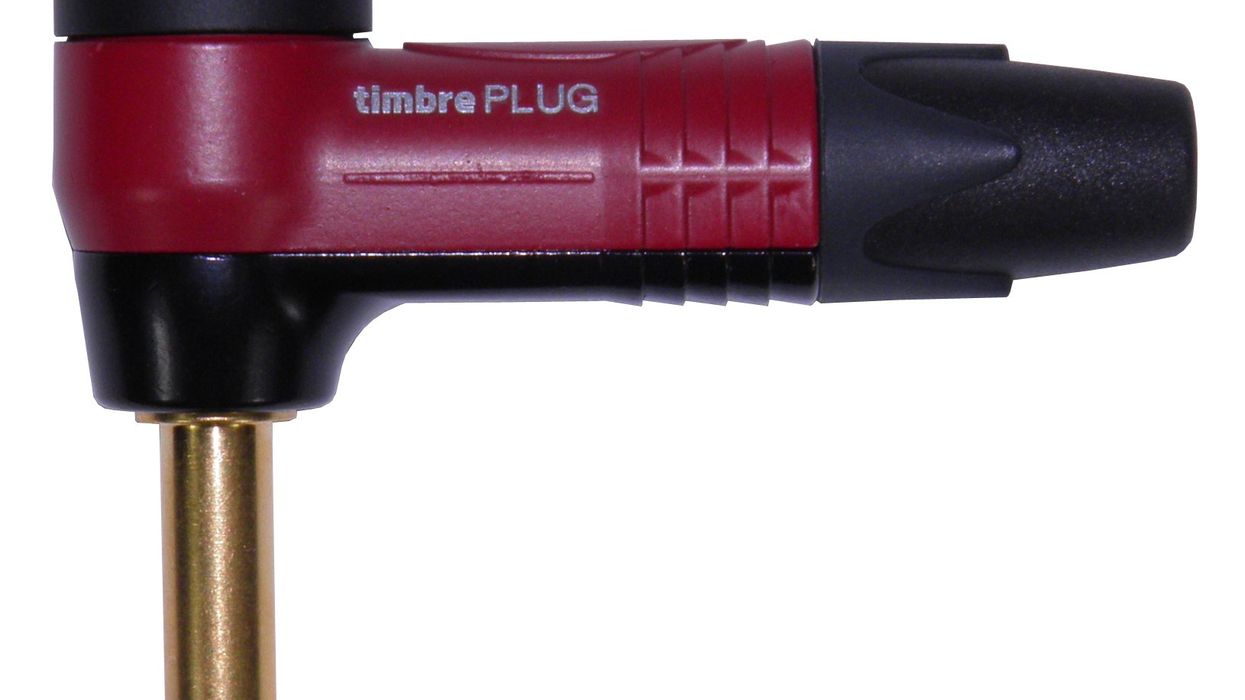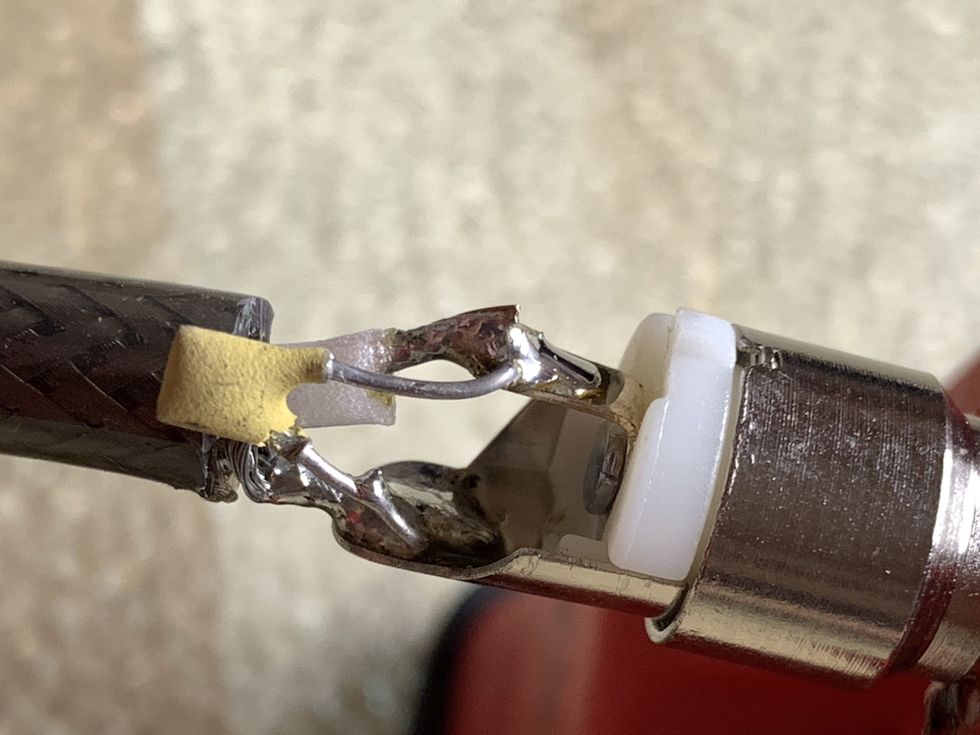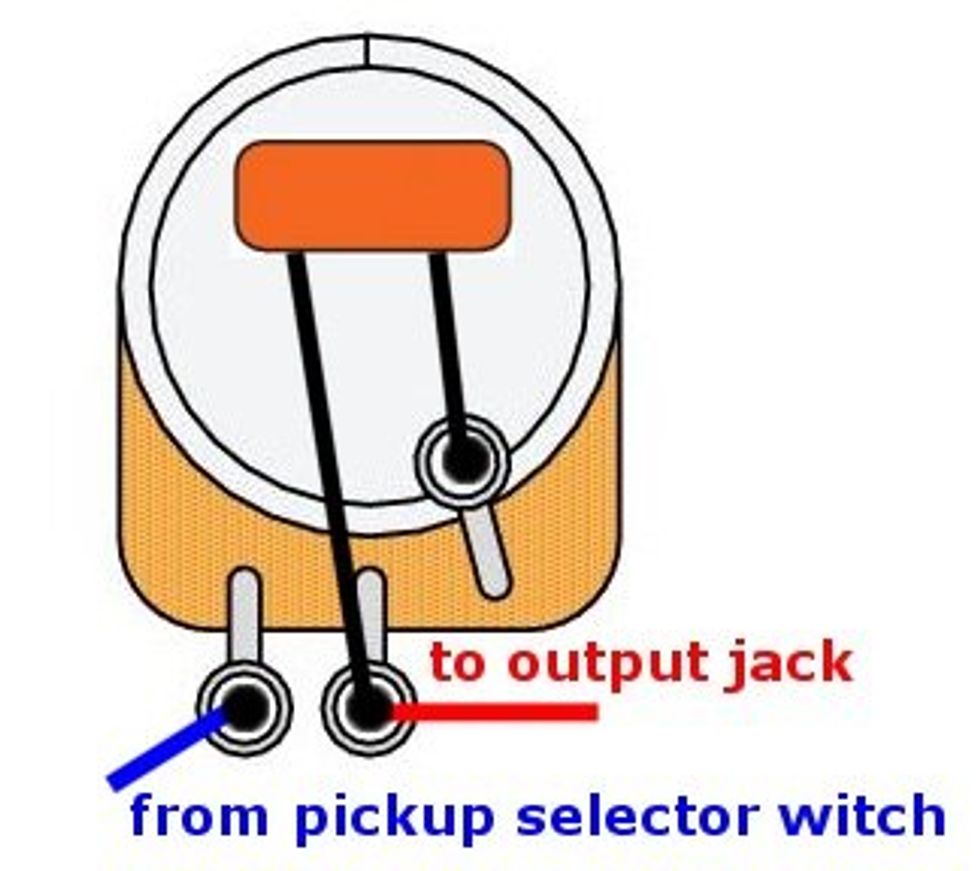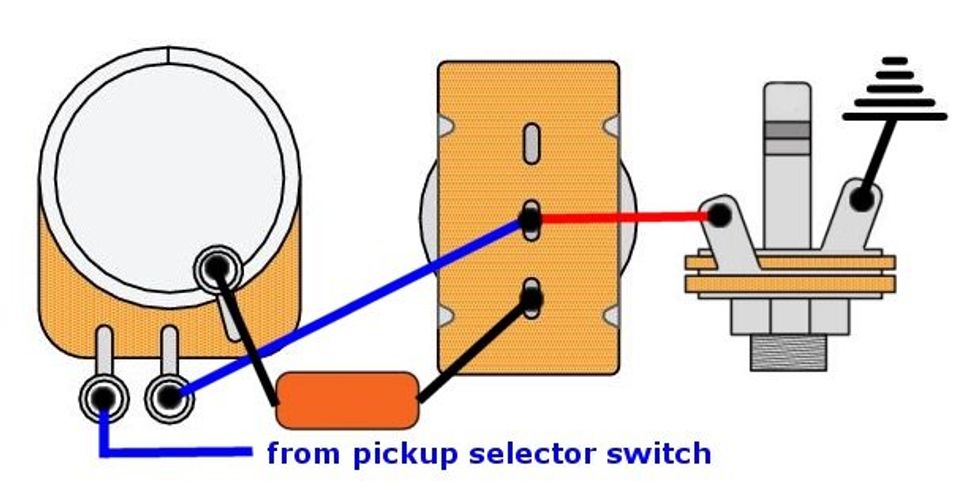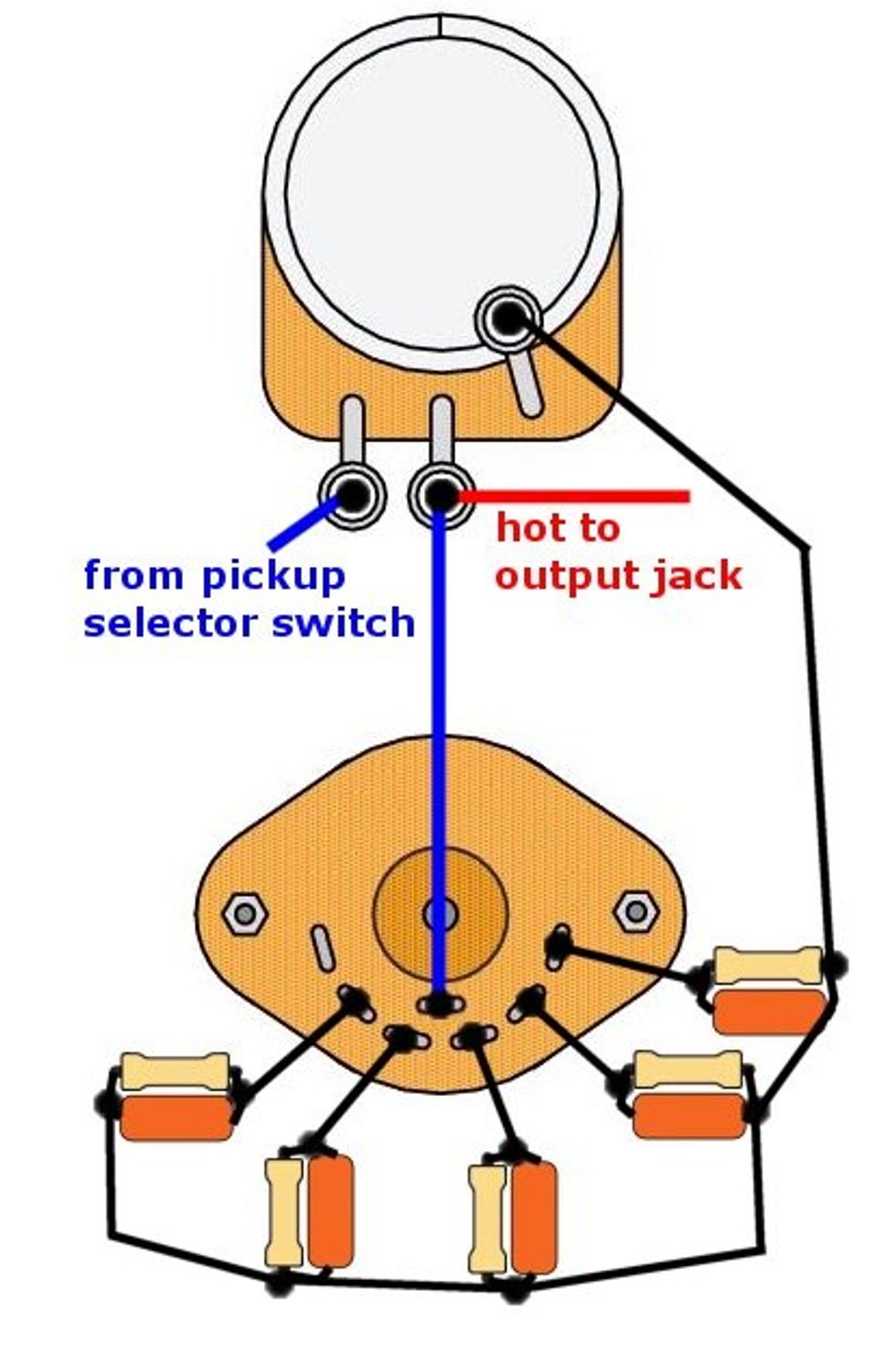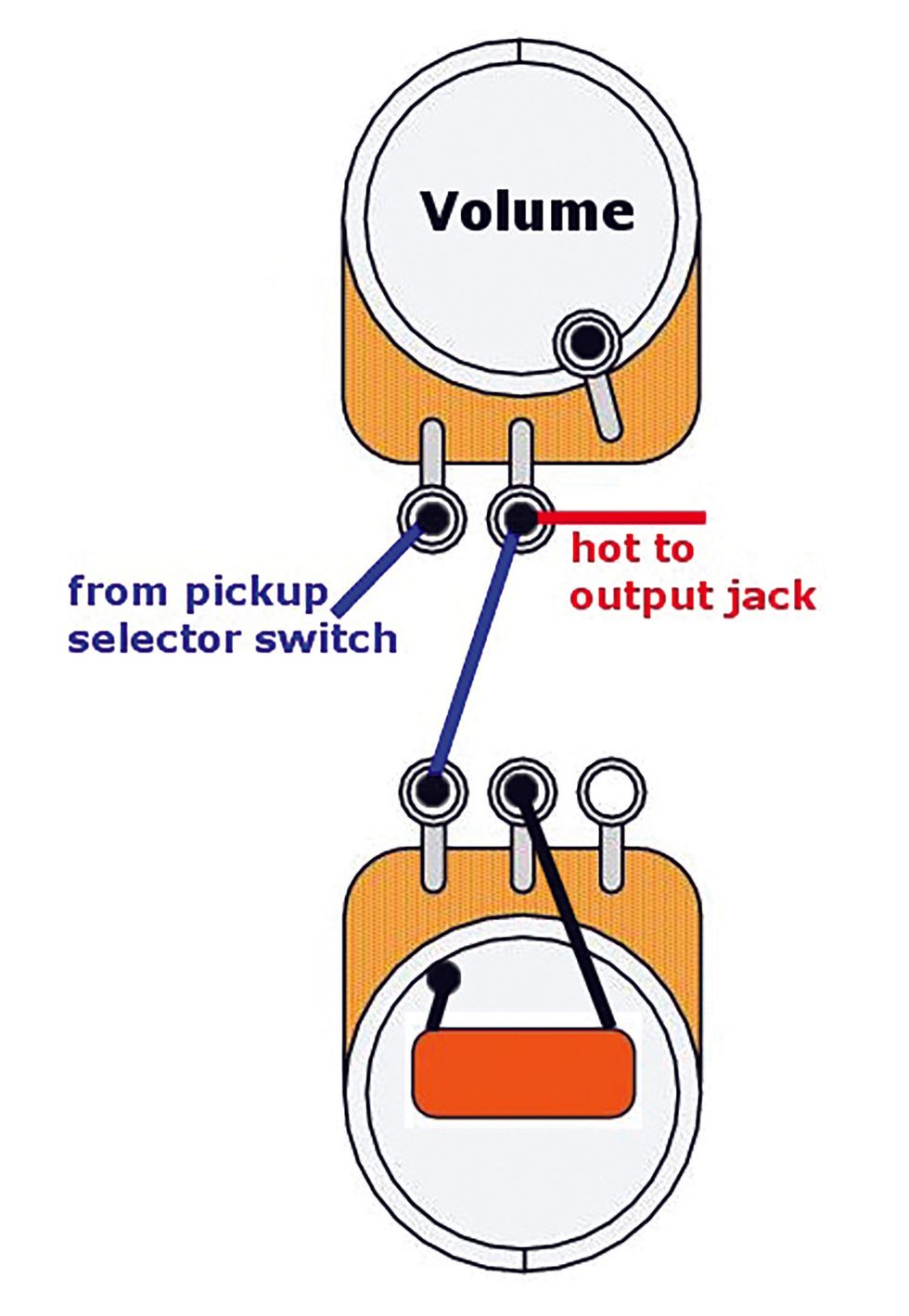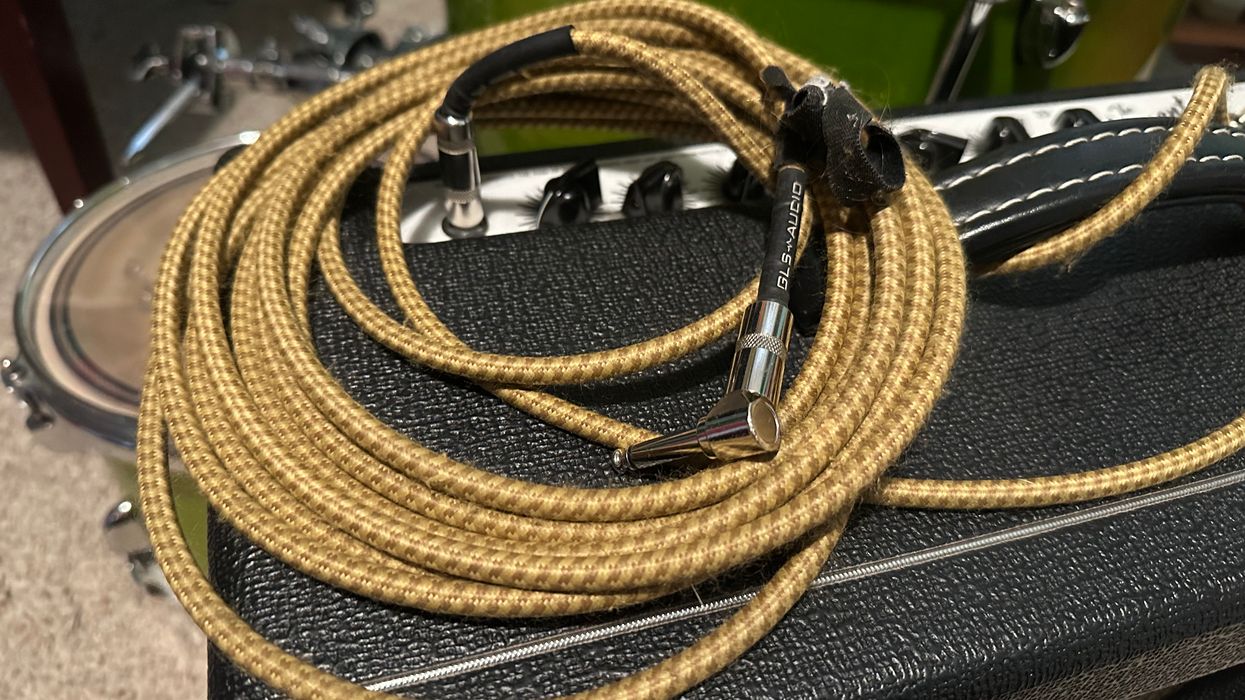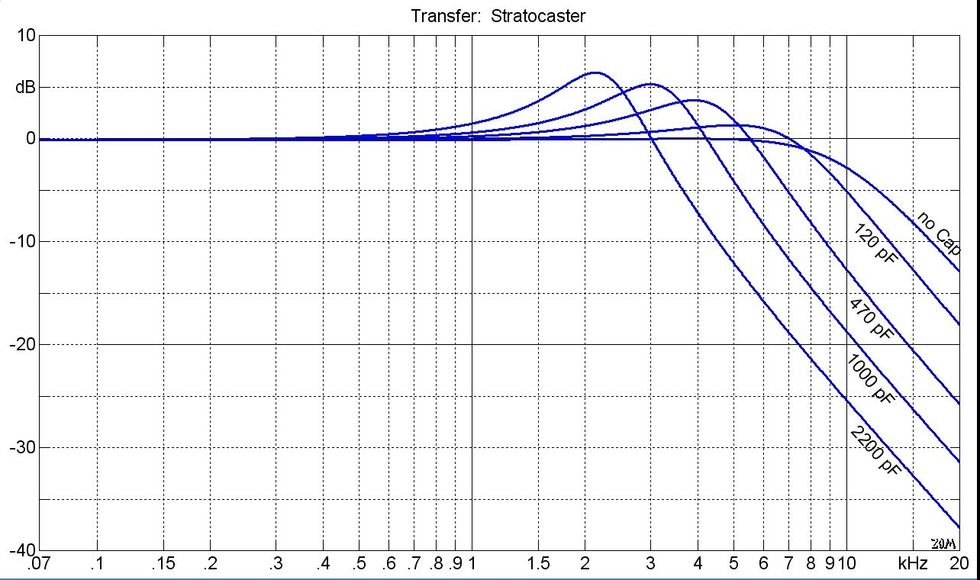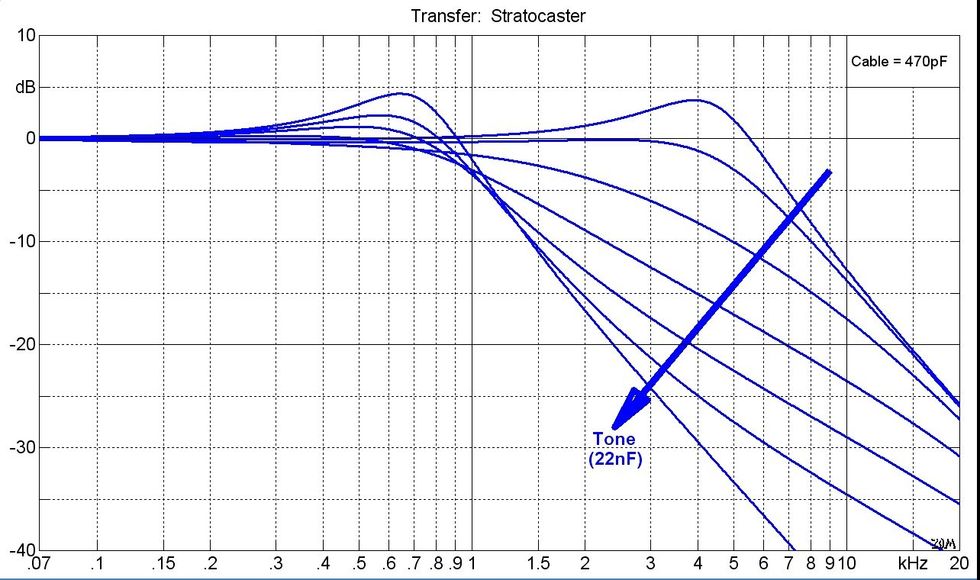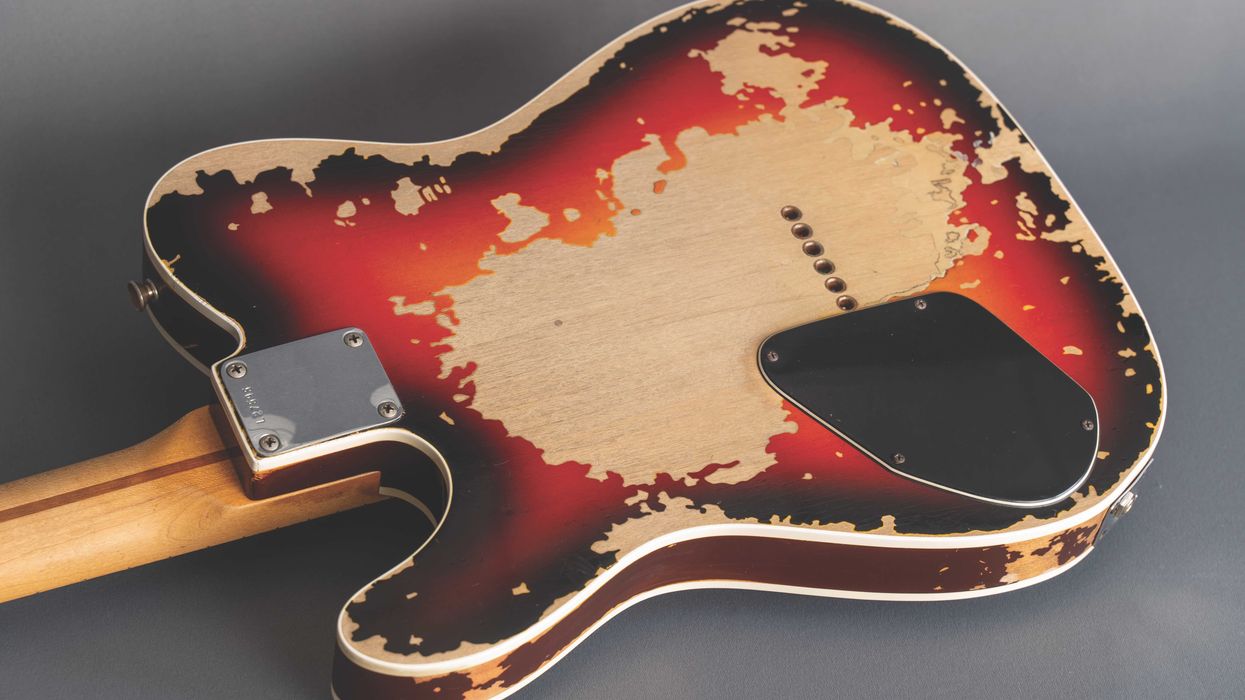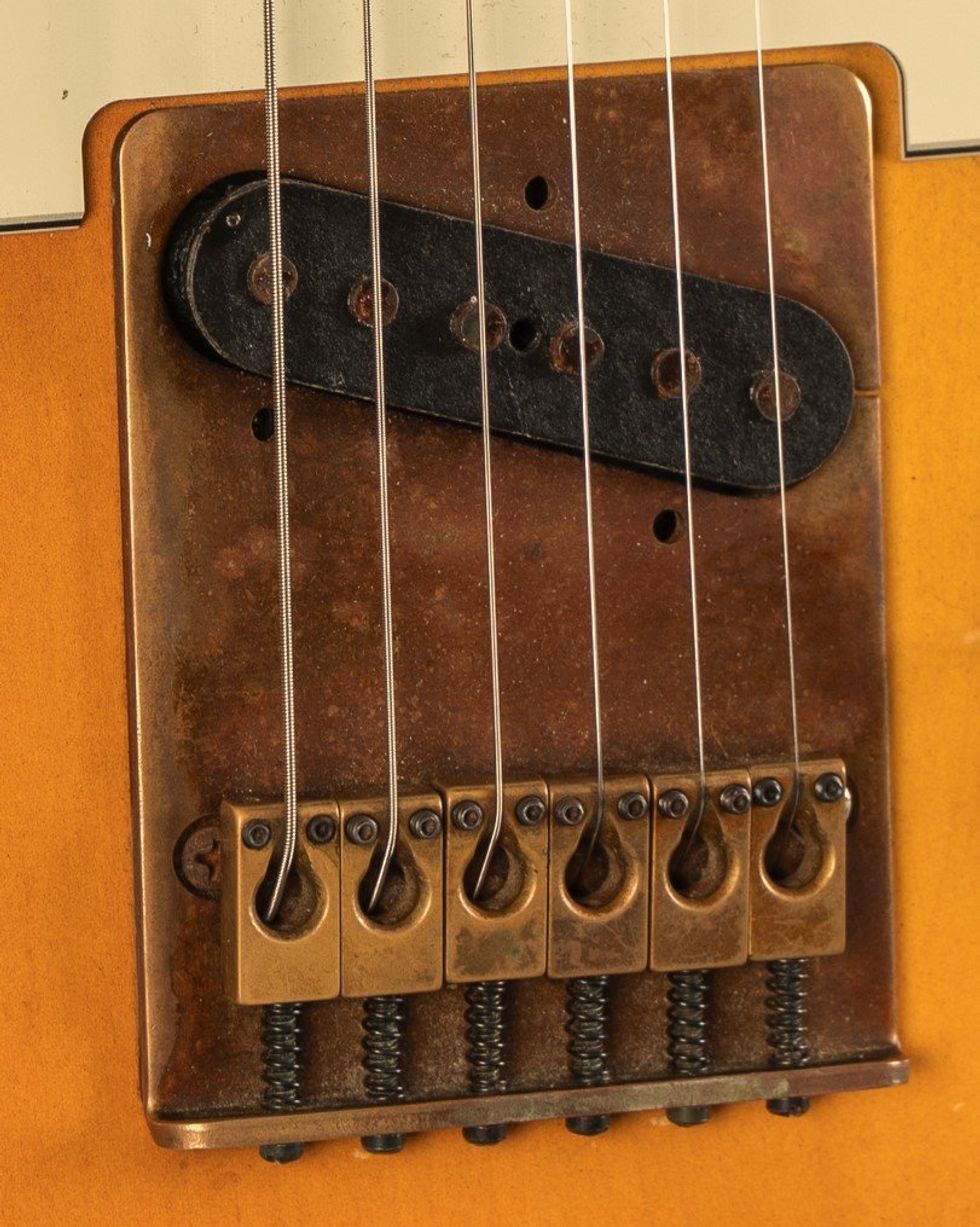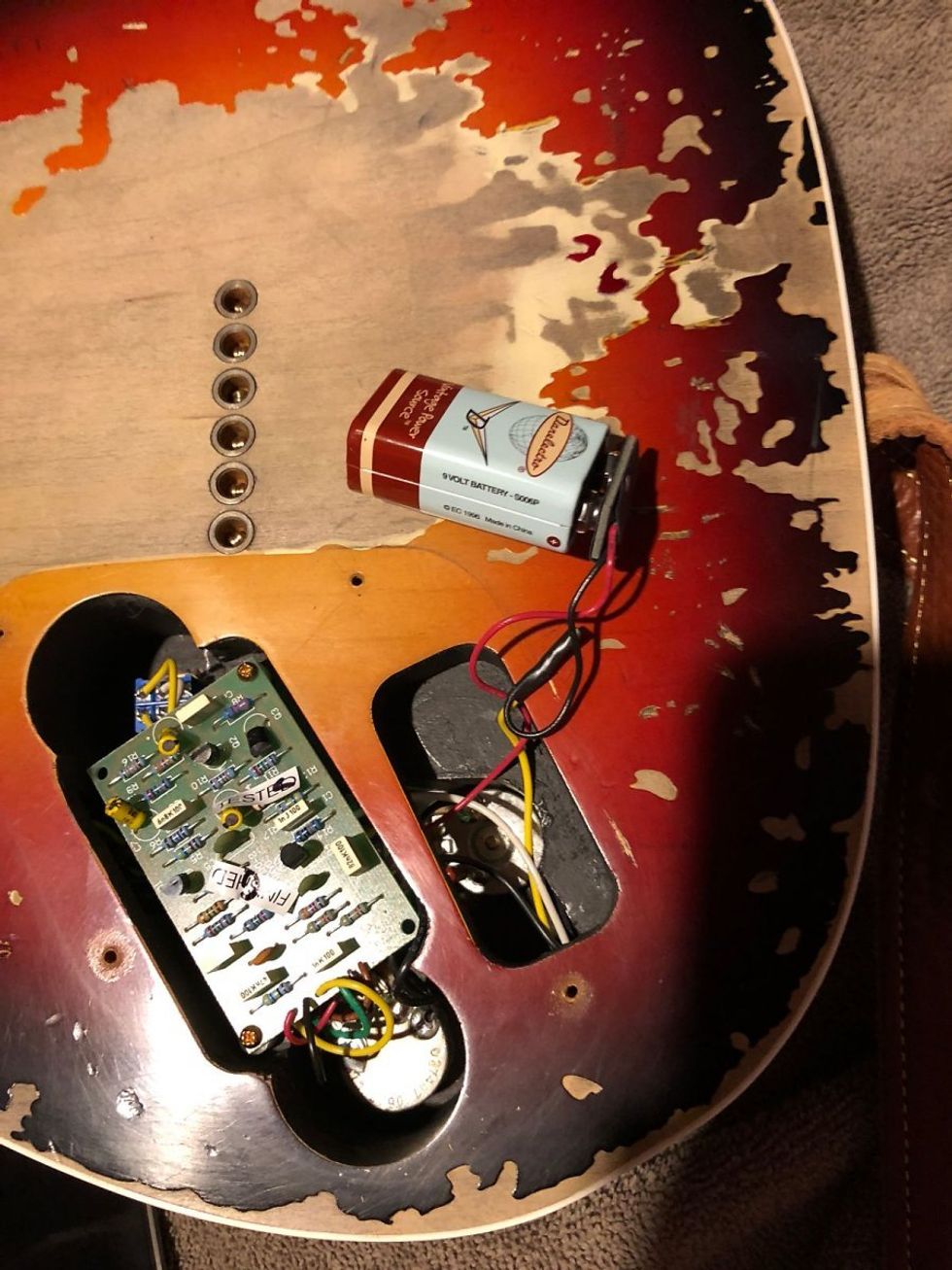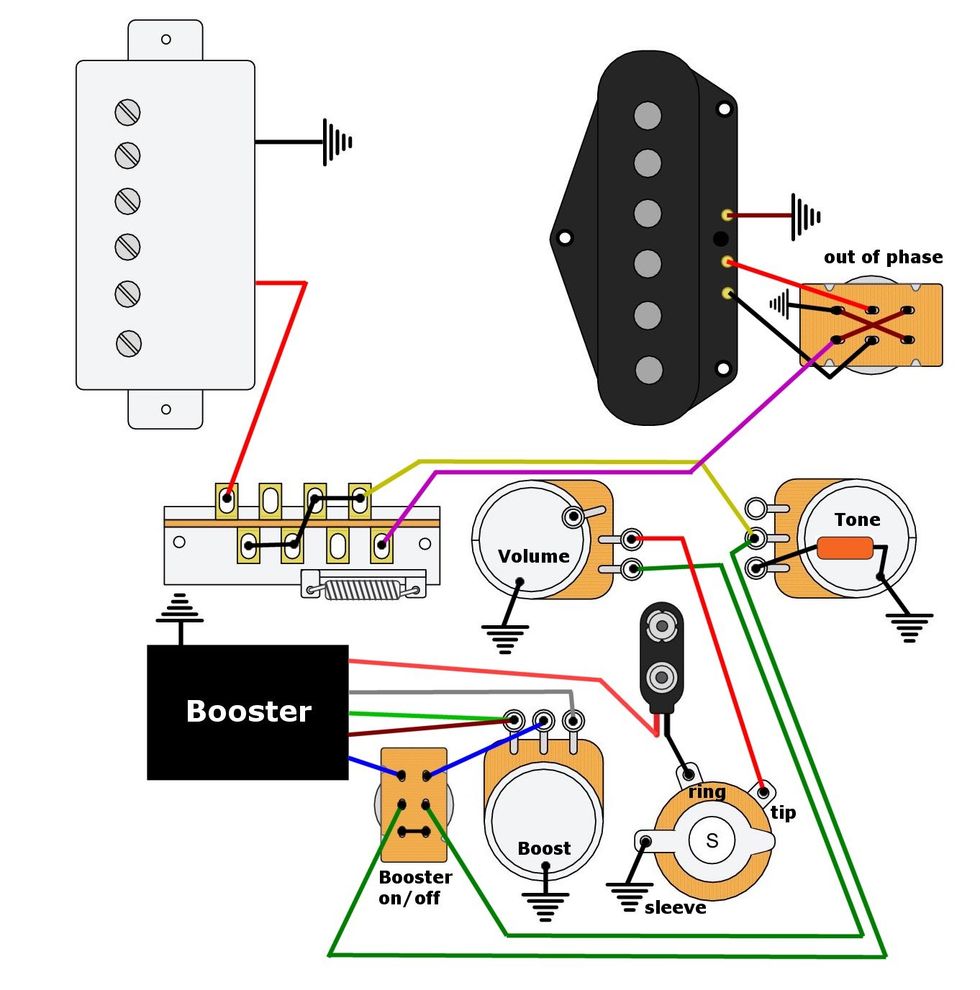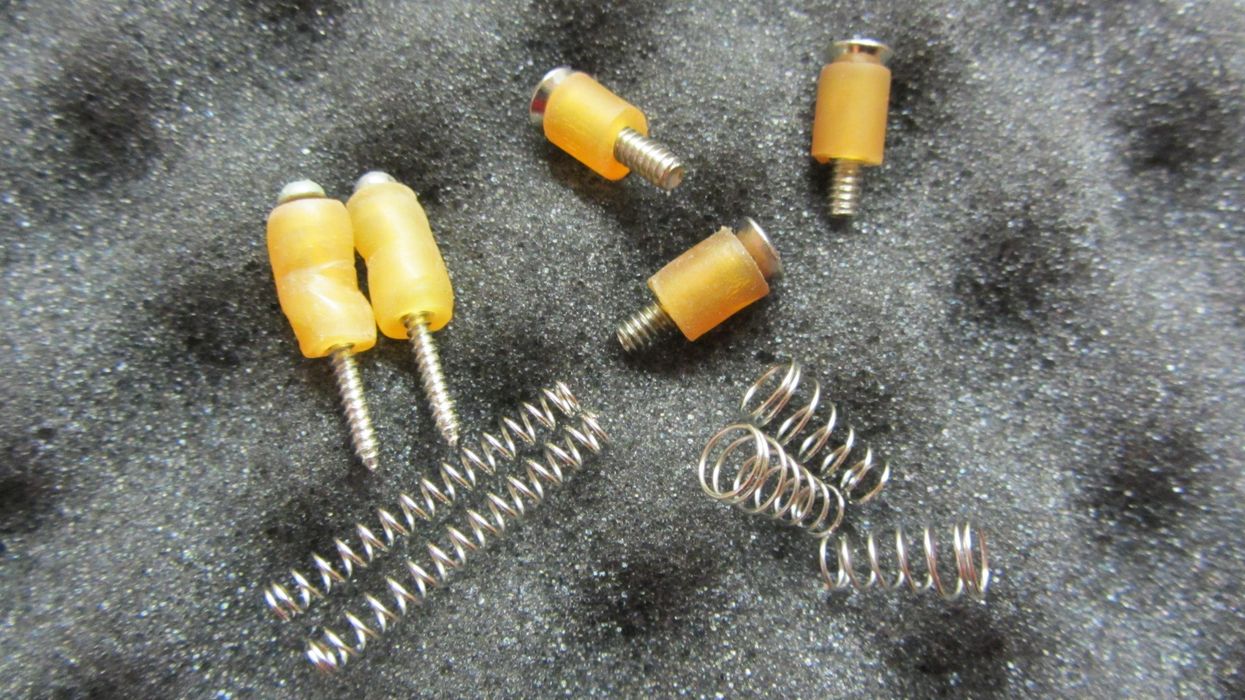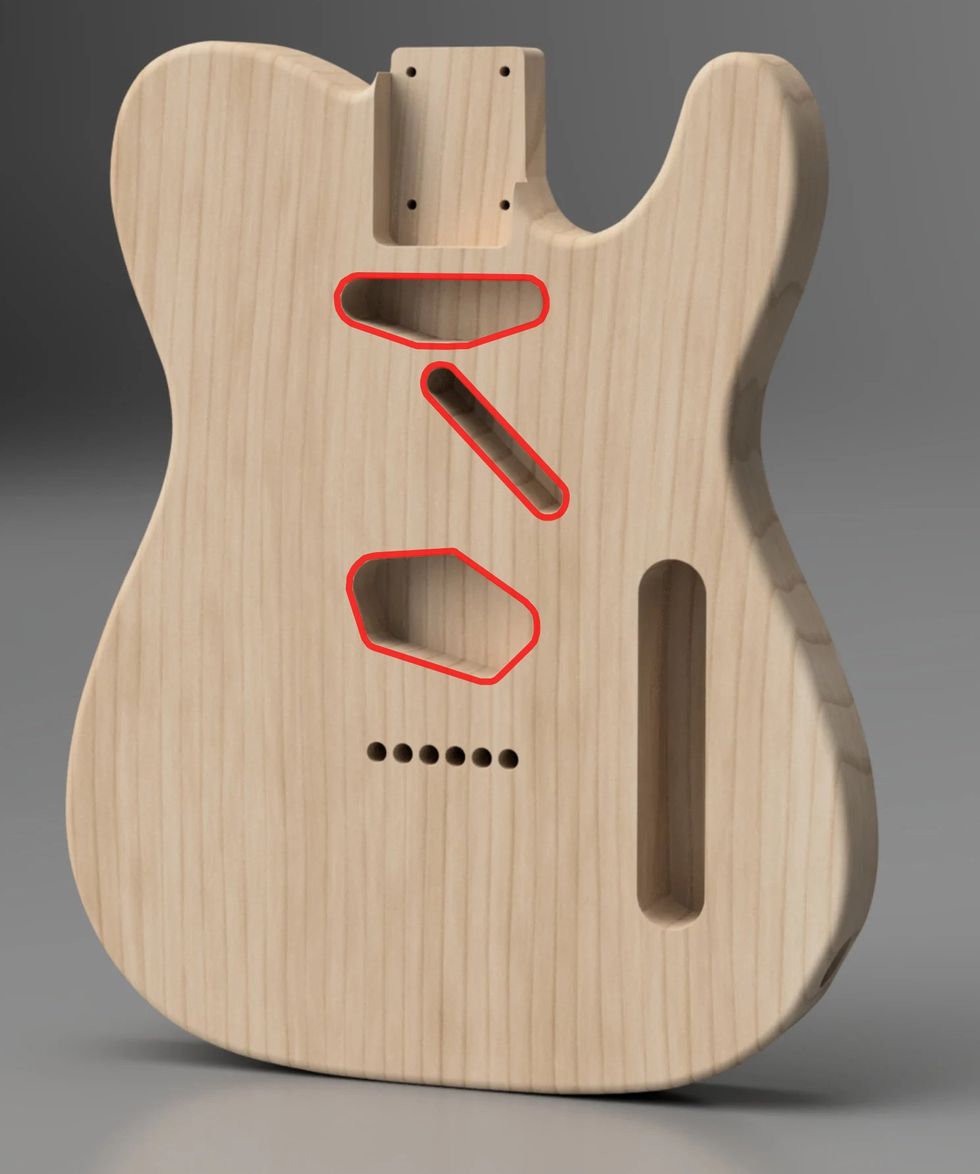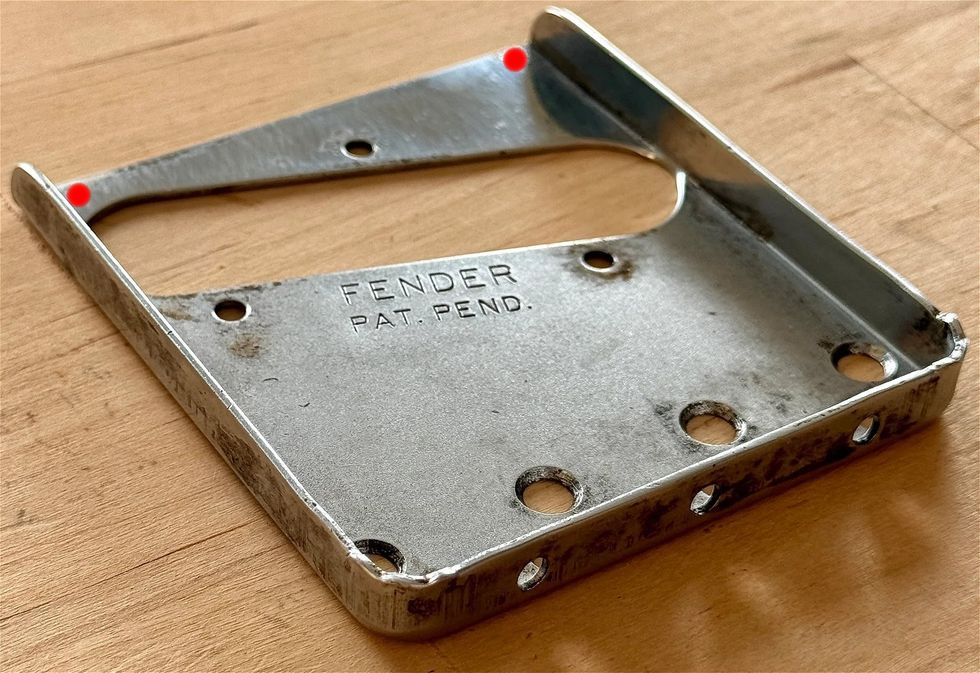Hello and welcome back to Mod Garage. In this column, we’ll take a closer look at the wiring of Andy Summers’ famous Telecaster, as well as some of the many mysteries of this guitar that remain unsolved today.
Best known as the guitarist from the Police, Summers was born and raised in England. He picked up the guitar at a young age, and moved to London when he was 19, aspiring to become a professional musician. Eventually, he played with some legendary bandleaders, including Eric Burdon and Jimi Hendrix. Summers studied classical guitar and composition in Los Angeles at California State University, Northridge, graduating in 1972. After moving back to London, he played with Joan Armatrading, Jon Lord, Mike Oldfield, and many more before meeting Gordon Sumner (aka Sting) and Stewart Copeland and joining the Police in 1977. The rest, as they say, is history.
The guitar Summers is most associated with—and which you can hear on a lot of the band’s hit records—is a well-worn and heavily modified sunburst Fender Telecaster. Let’s dive into what makes it so unique.
The story goes that before returning to the U.K. from Los Angeles, Summers bought this Telecaster from one of his guitar students for $200 (approximately $1,420 today). It was already highly modified, and Summers instantly fell in love with it. Modifications included a brass nut and brass bridge plate with six individual brass saddles. The bridge pickup was installed directly into the body and there is a humbucker in the neck position, plus it had a phase switch on the bridge pickup and an additional third pot and switch controlling its active boost circuitry. The only mod Summers did on the guitar after receiving it was installing replacement Schaller tuners.
Summers has stated that the guitar is from 1961, although, because of the double binding on the body, it’s quite possibly a sunburst Telecaster Custom from 1963. The serial number on the neck heel indicates 1961, suggesting Fender may have used pre-produced necks from an earlier batch for the first run of Telecaster Customs in 1963. Or maybe it was a custom order from someone who wanted double binding in 1961? Dennis Galuszka from the Fender Custom Shop was the lucky guy who had the pleasure of taking the original instrument apart to closely study it while collecting info for the Tribute series. In September 2024, he told Guitar World: “If I had to guess, it looks like the neck came off a ’50s Tele because it actually had a little white blonde paint—like they used on ’50s Teles—left on the butt. But the neck pocket had no date written or stamped on it, which was weird. And the body has been routed out so much under the pickguard that all traces of a date are long gone.” There are no records at the Fender factory that can shed any more light on this, so it will remain a mystery—but not the only one.
Putting a neck humbucker on a Telecaster was nothing too special at this time; same goes for the phase switch. But while brass hardware had become a popular mod to many guitars by the mid-to-late ’70s, it wasn’t something that was common on Telecasters (or on Fenders in general), making the brass nut and bridge plate unusual.
Another mystery is the active booster circuitry inside this guitar. When the Fender Custom Shop released the Masterbuilt Andy Summers Tribute Telecaster in the mid 2000s, it was equipped with the mid-boost circuit from the Eric Clapton Strat. This circuit first debuted in 1983 in the Fender Elite Stratocaster, 10 years after Summers received this Telecaster. So the circuit used in Summers’ Telecaster must have been a different one. Keeping the timeline in mind, it’s likely that it was one of the many treble-boost circuits from this era—maybe something like the Dallas Rangemaster, EHX LPB-1, or something similar with a single-pot boost control. Or maybe it came from a cannibalized stompbox or was a home-brewed device ... again, this will remain a mystery. My personal guess is that the original circuit in the guitar stopped working after 1983, and one of the guitar techs had to replace it. Maybe Summers was not interested in those details, and as long as there was a boost available, he didn’t care what was going on under the hood.
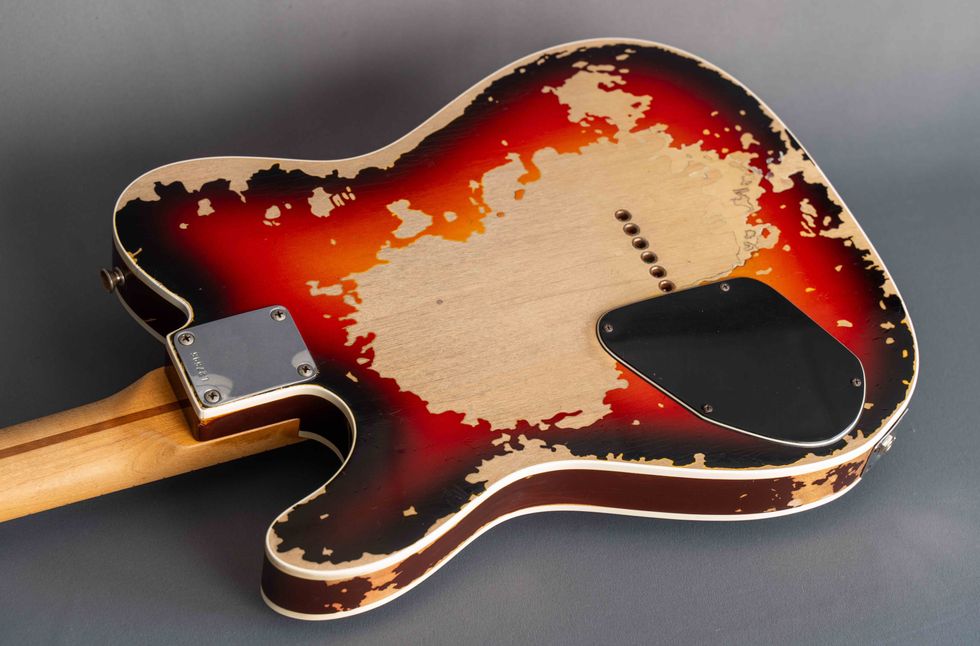
Belt-buckle rash? A bit.
Photo courtesy of Ten-Guitars (https://ten-guitars.de)
Another mystery is the identity of the student who he purchased the guitar from. Summers has never shared their name, and we don’t know who modded it. Interestingly, in all those years, no one ever spoke up to earn the credits for this modding work. This alone fuels speculation as to who really did all these mods.
Now, let’s take a look what features this guitar has:
• 2-piece alder body, white double binding, 3-tone sunburst finish
• Quarter-sawn maple neck, C profile, 21 vintage frets, 7 1/4" fretboard radius, brass nut
• Scale length 25 1/2", width at nut 1.650"
• Brass bridge plate with six individual brass saddles
• Schaller M6 tuning machines
• Two butterfly string trees
• Rectangular jack plate held by only two of four screws
• 3-ply mint green pickguard with ’59 PAF humbucker in the neck position and ’60s Telecaster single-coil pickup directly mounted into the body
• Standard Telecaster 3-way pickup selector switch with modern wiring: bridge/bridge + neck in parallel/neck
• 250k master audio volume, 250k master audio tone controls
• Mini-toggle phase switch for the bridge pickup on the control plate
• Extensive routing on the back housing the active boost circuitry, 9V battery, and the additional third pot for controlling the amount of boost, all covered with a homemade backplate out of 3-ply black pickguard material
In the next installment of this column, we will break it down piece by piece, talk about the wiring, and how you can build your own Andy Summers tribute Telecaster, so stay tuned.
Until then ... keep on modding!
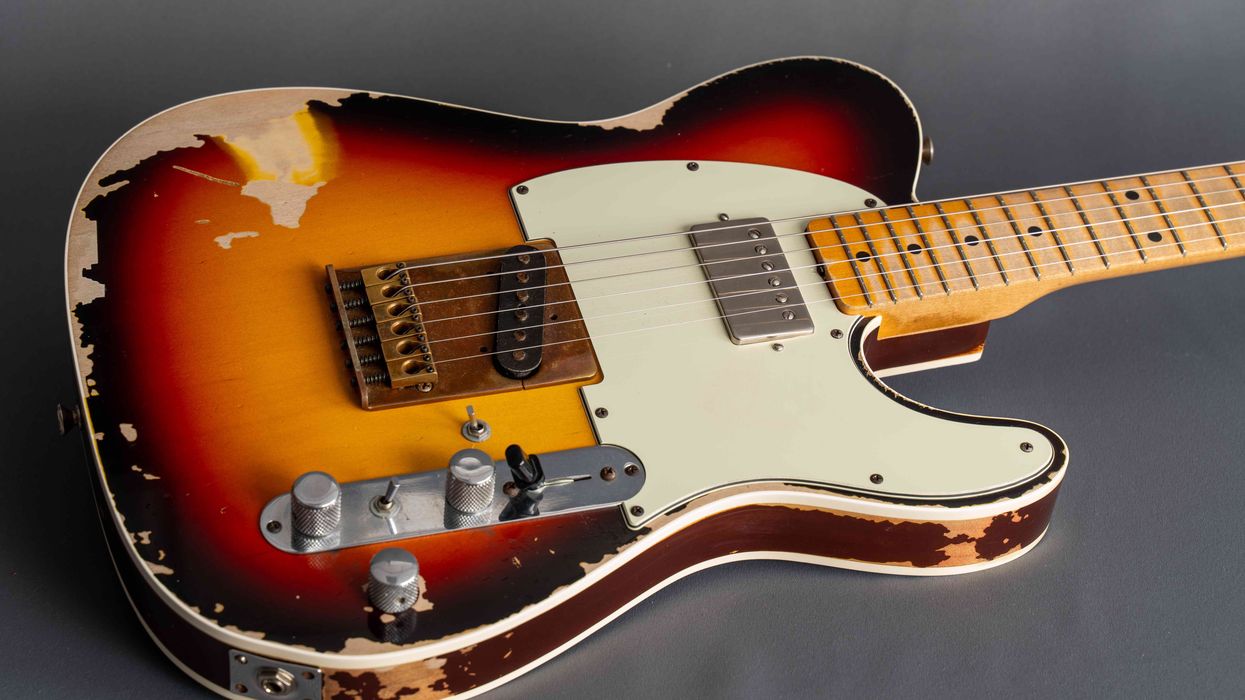

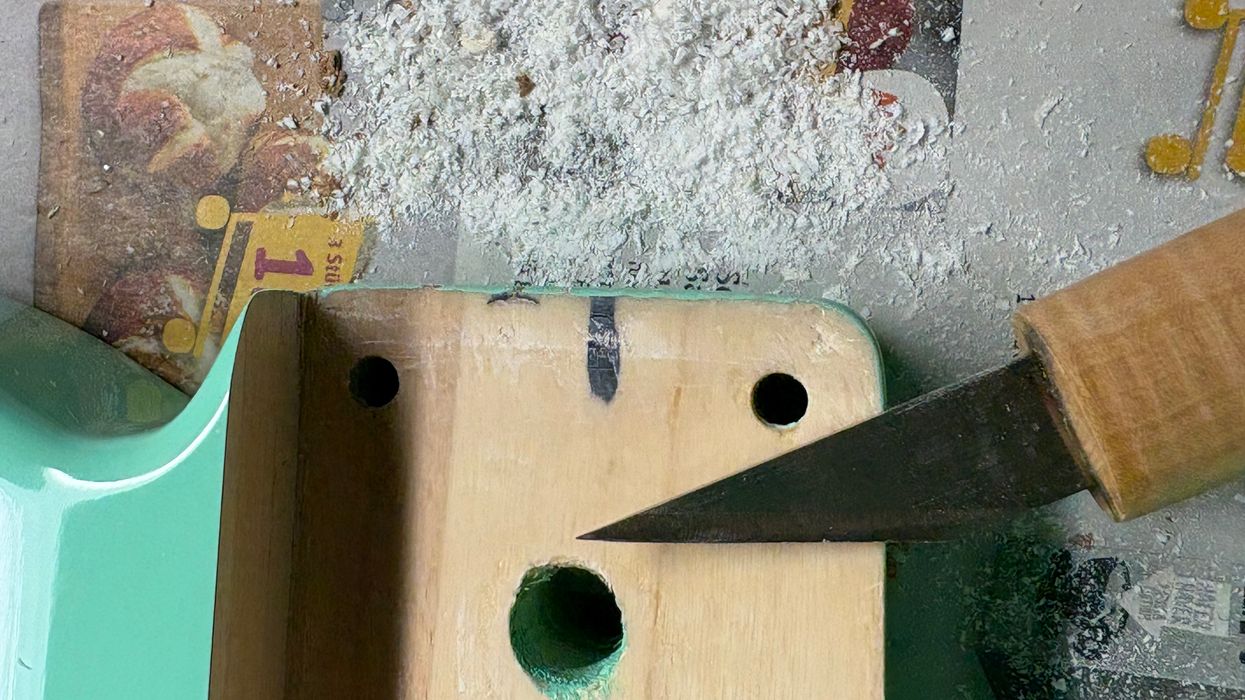
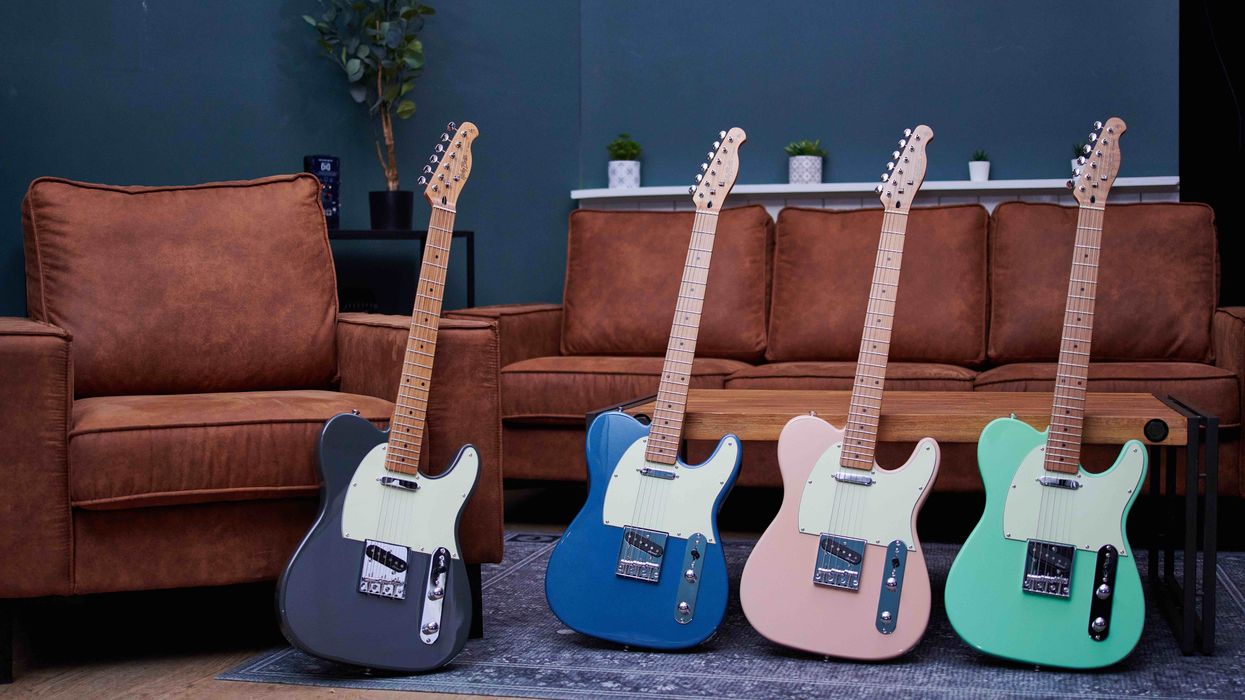
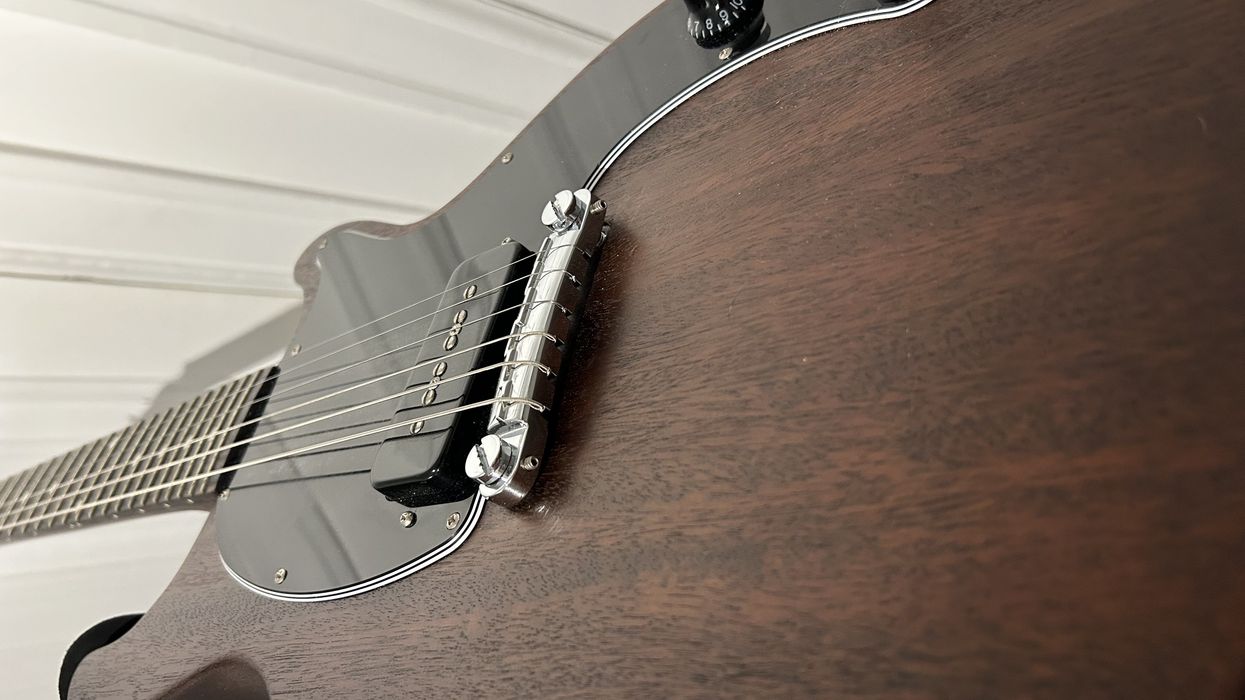
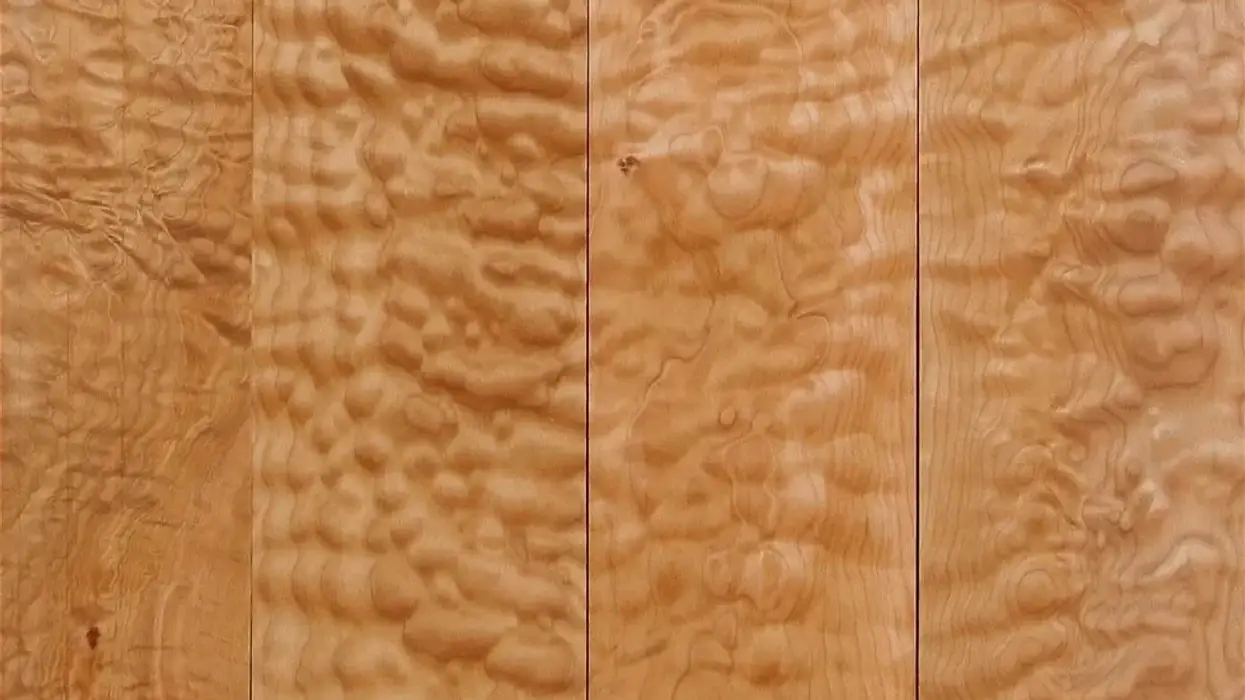
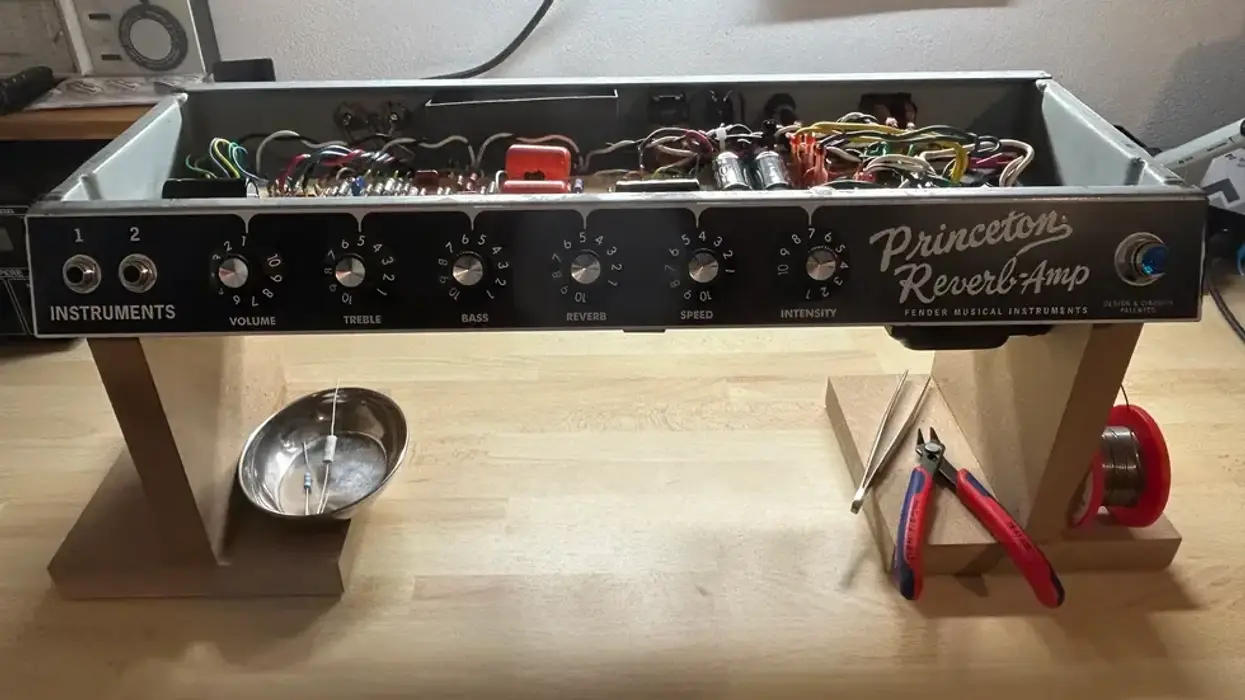
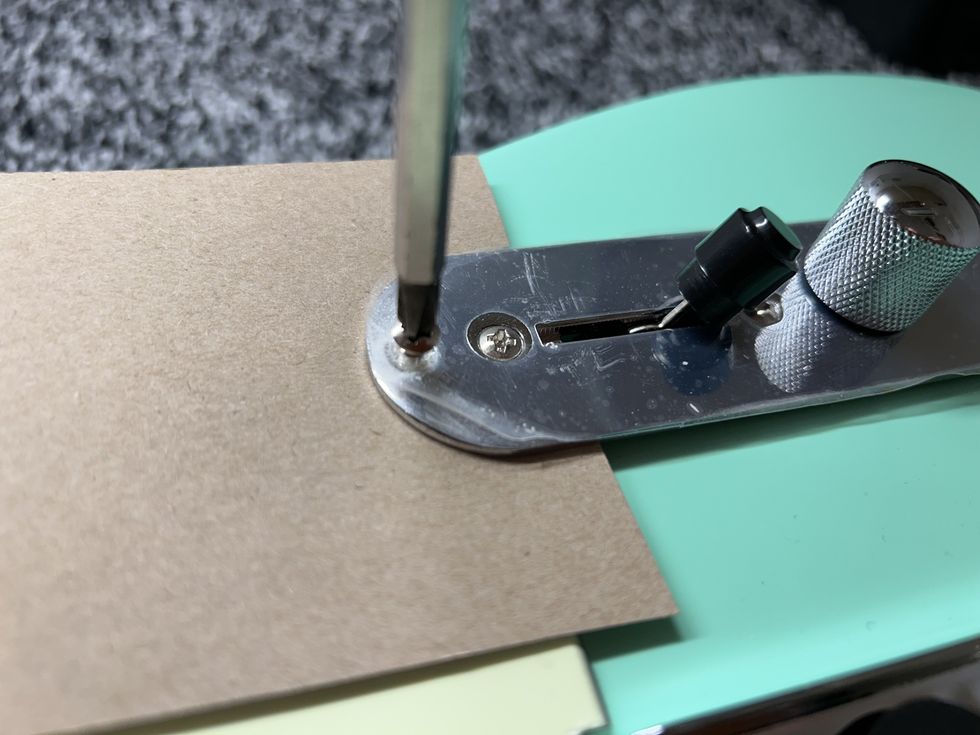
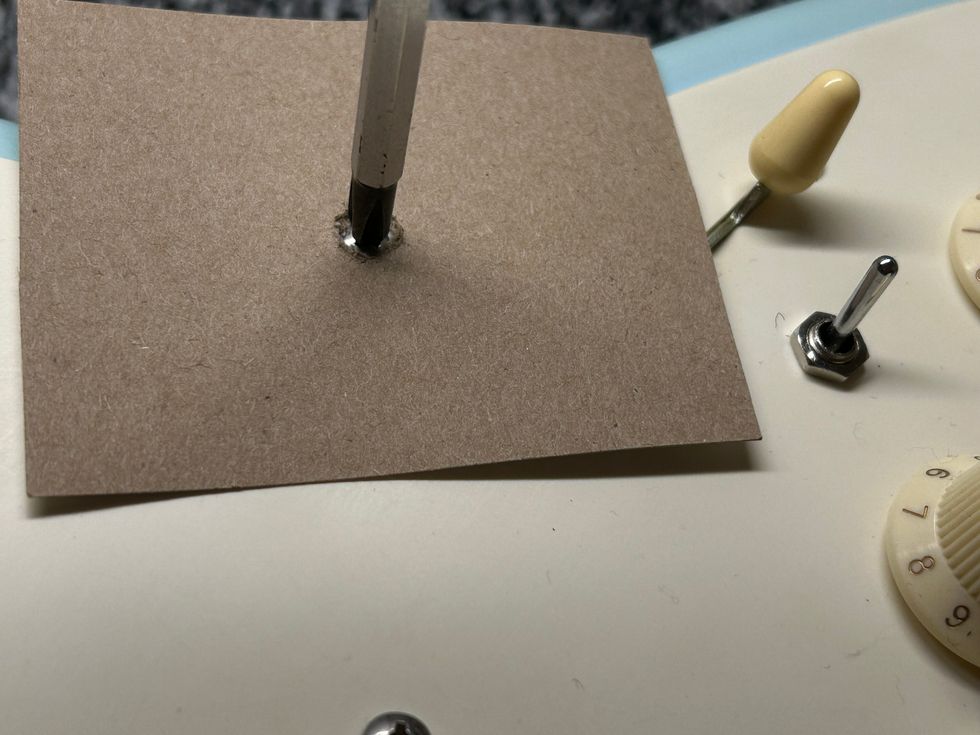
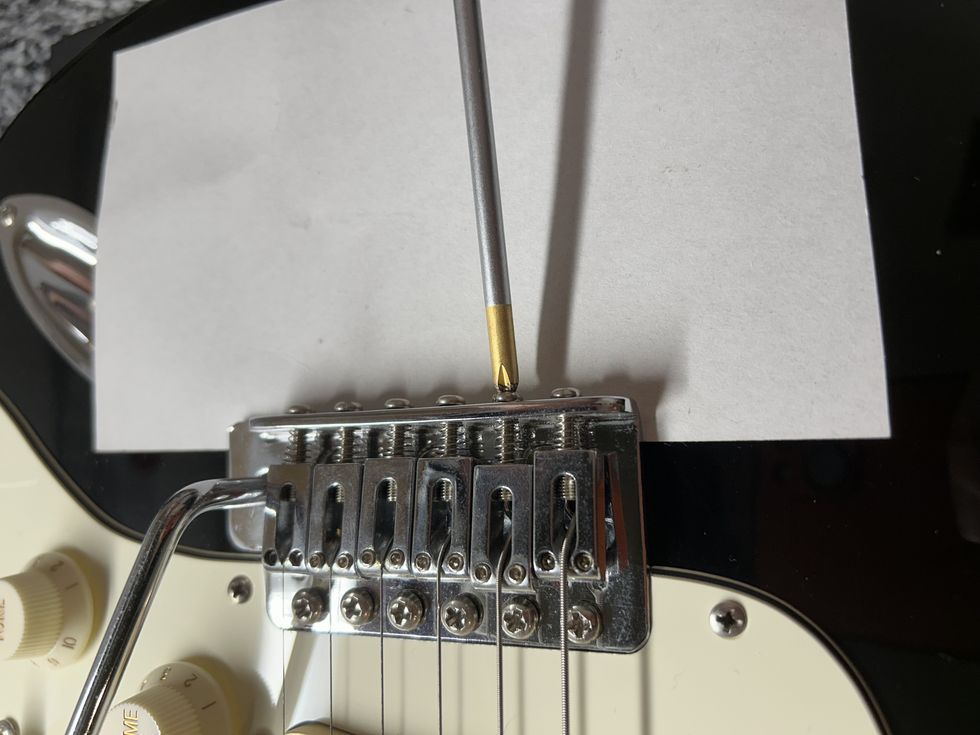
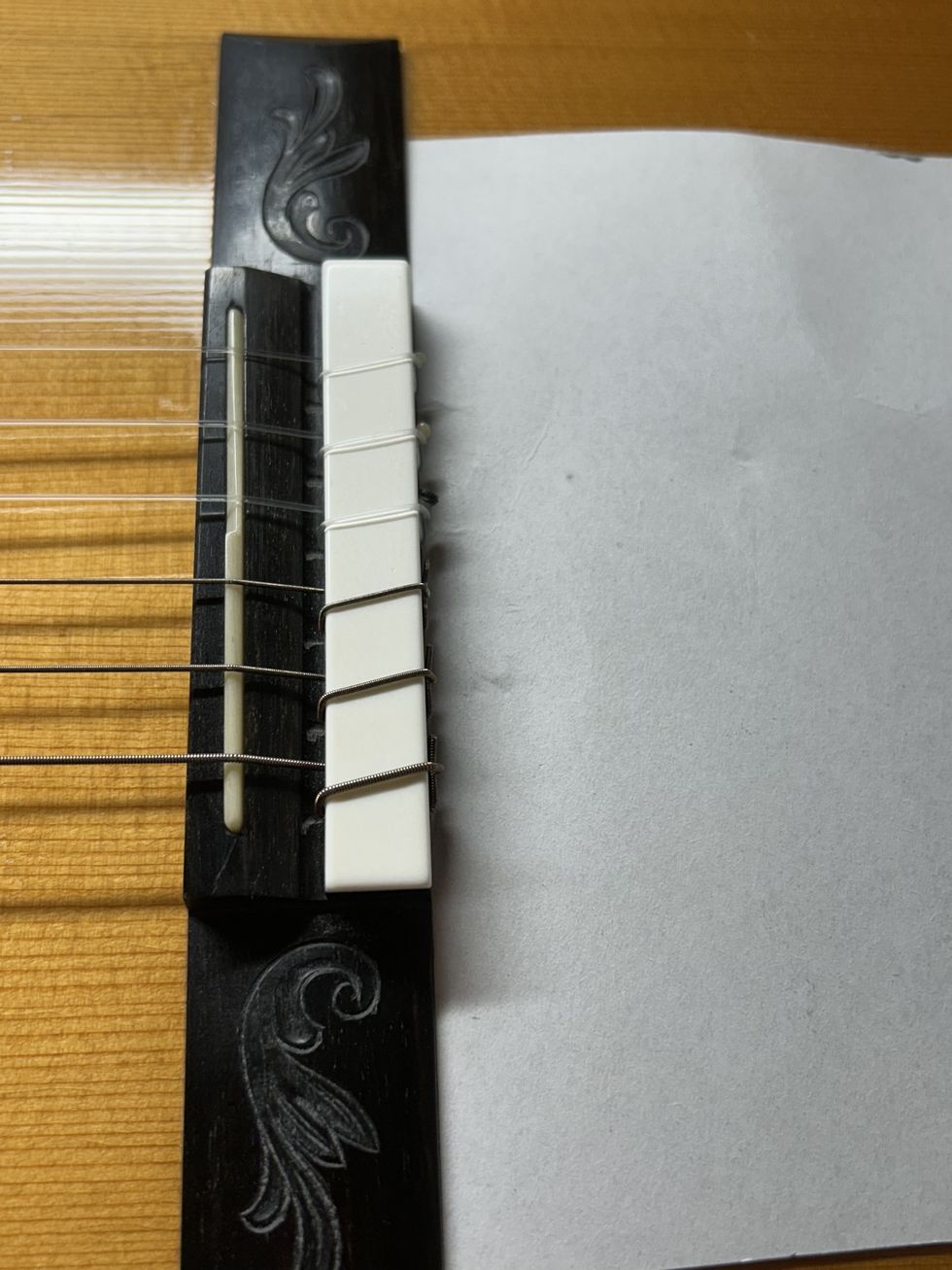
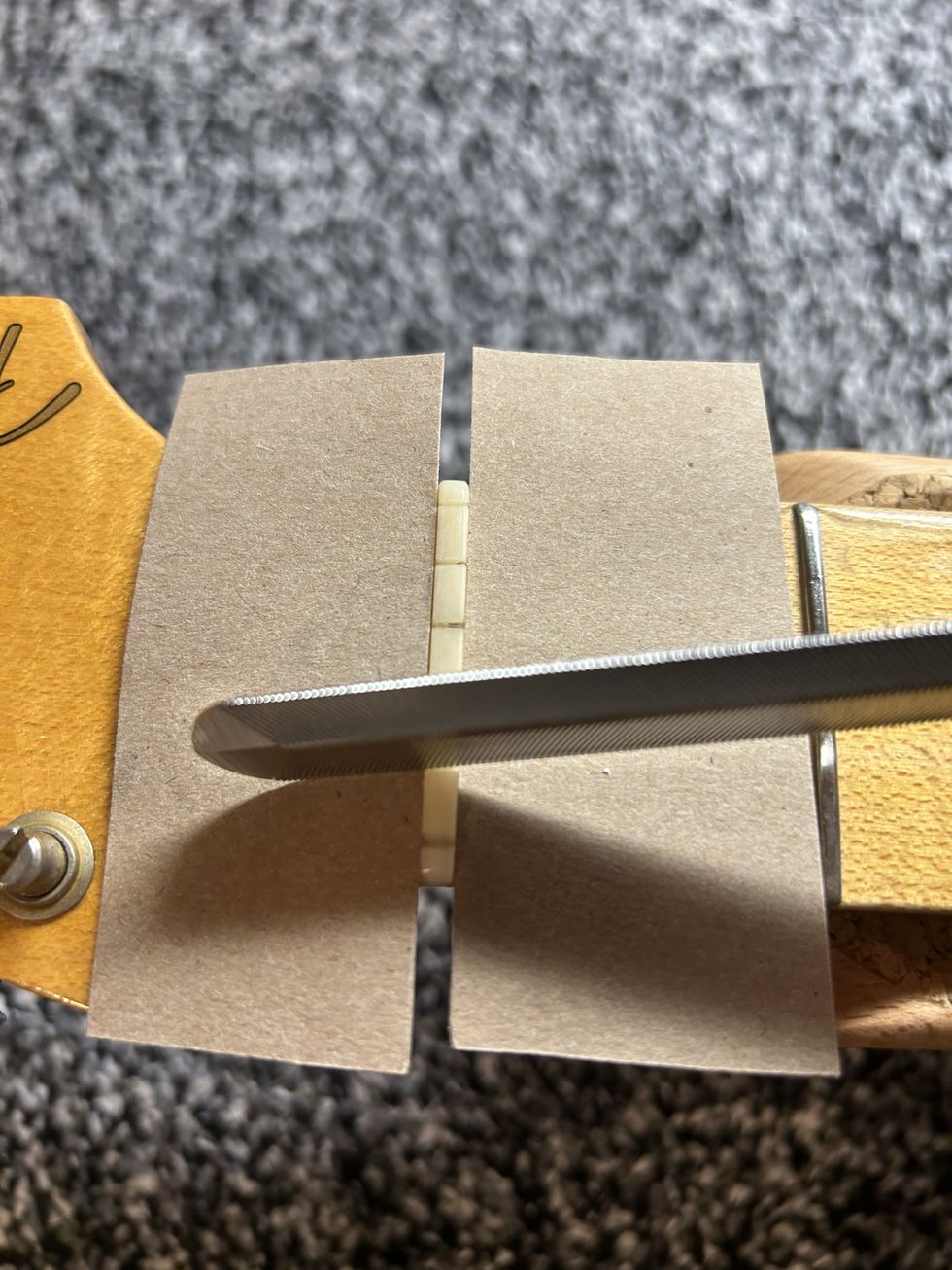
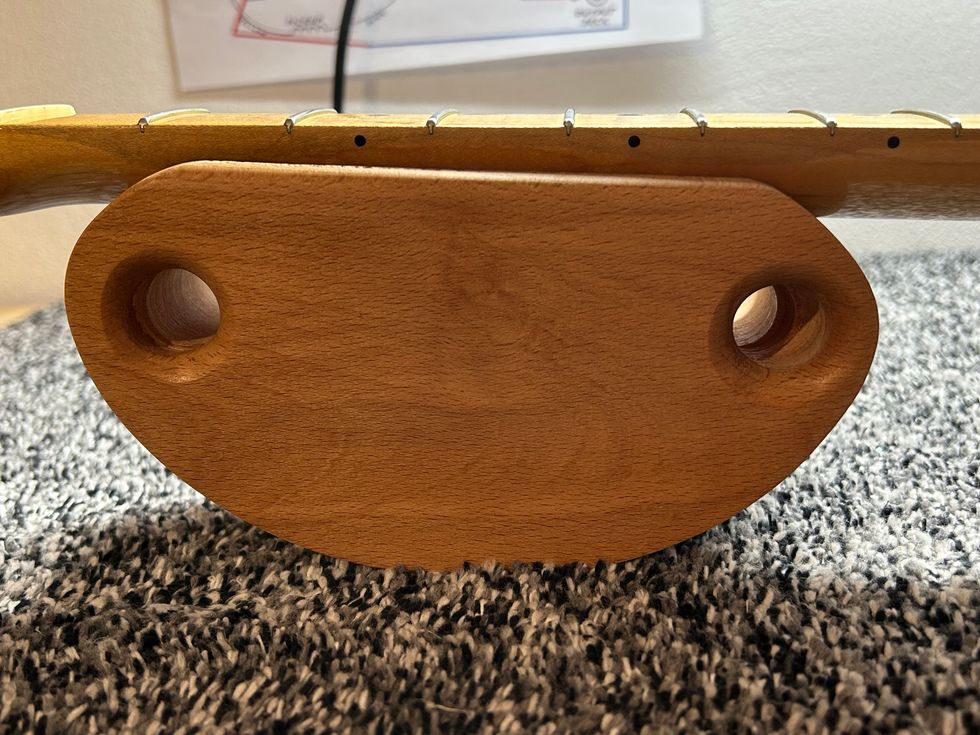
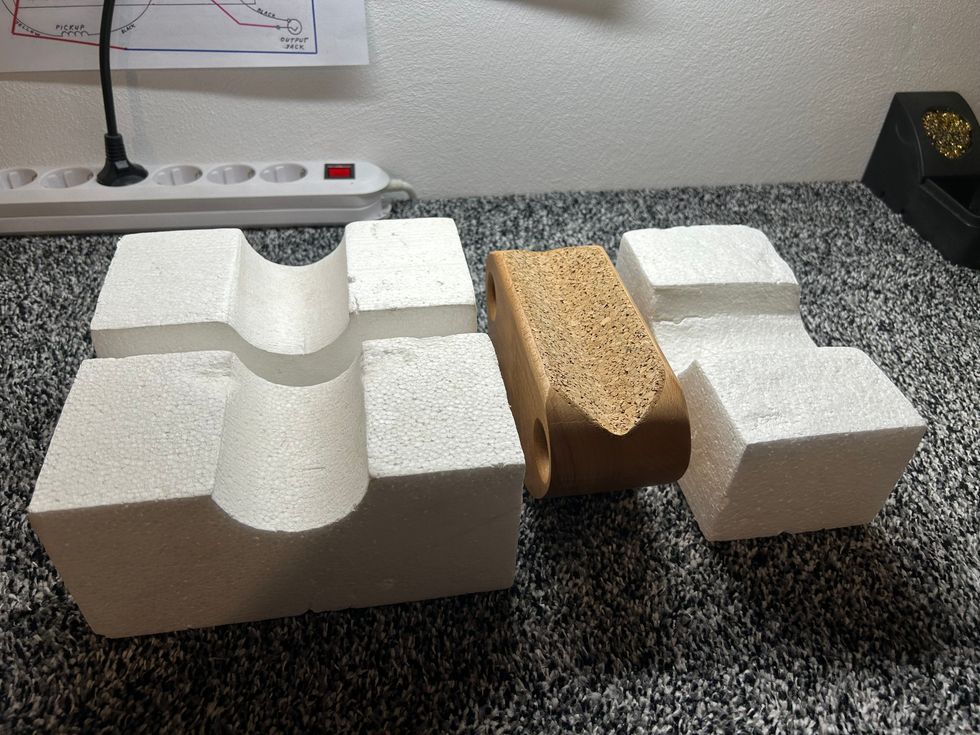
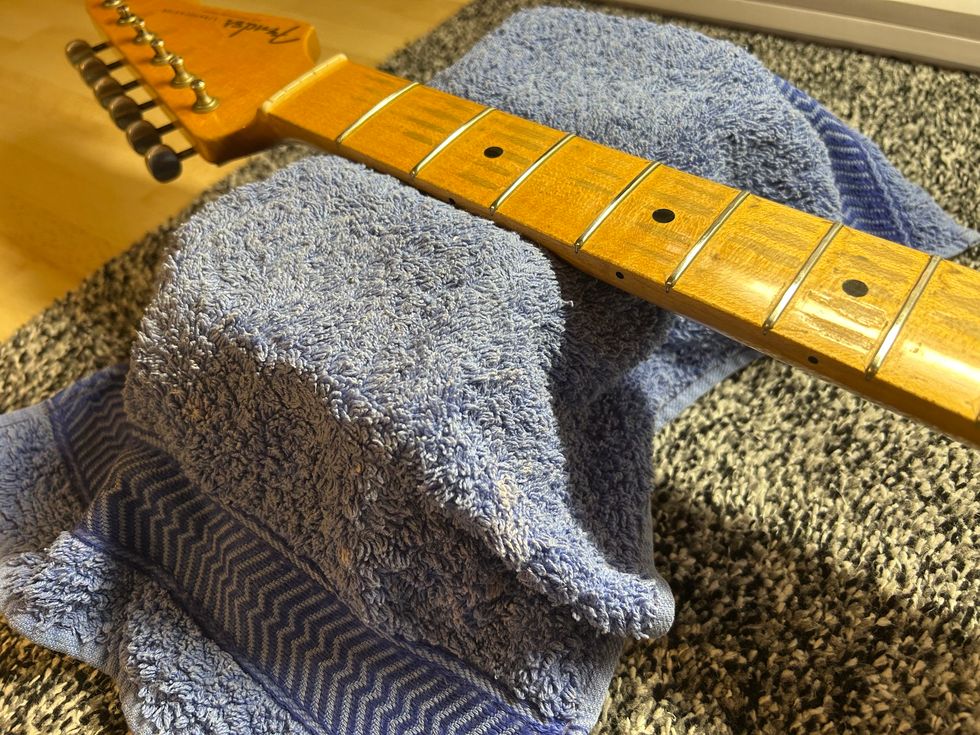
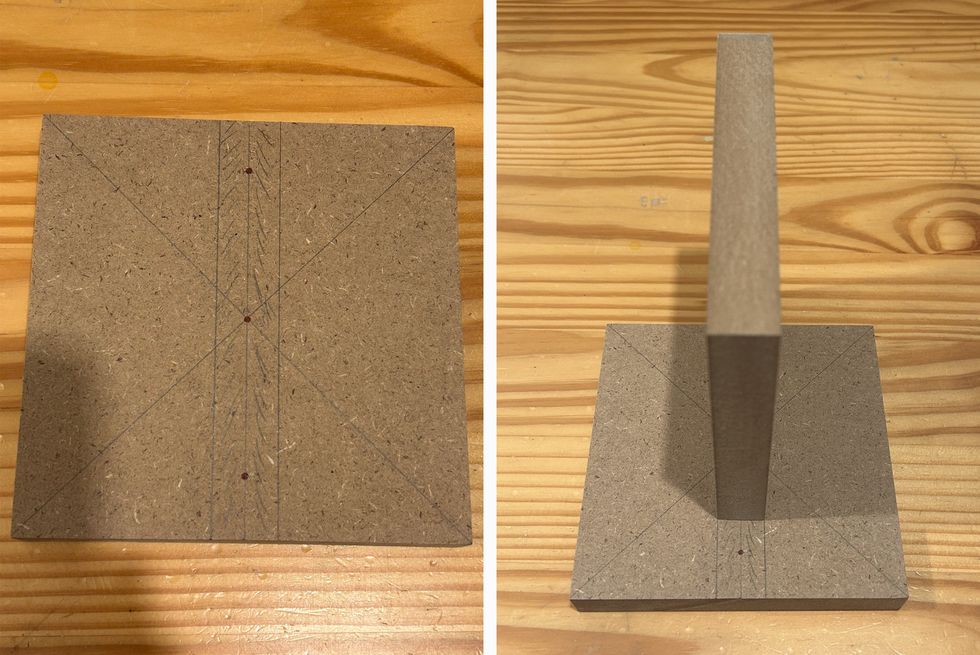
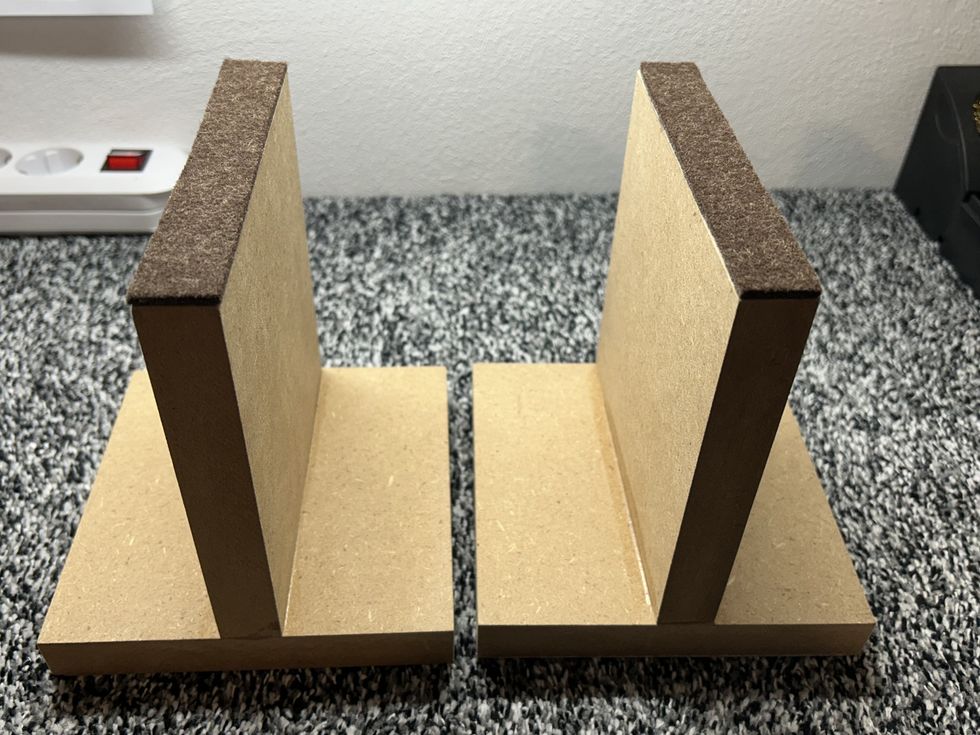
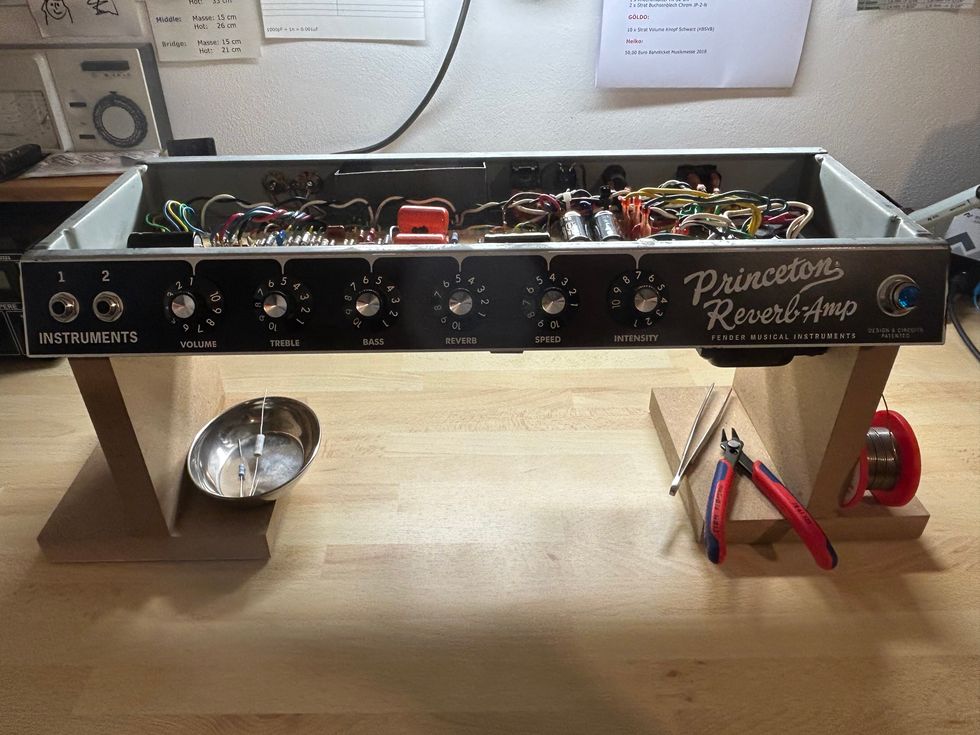
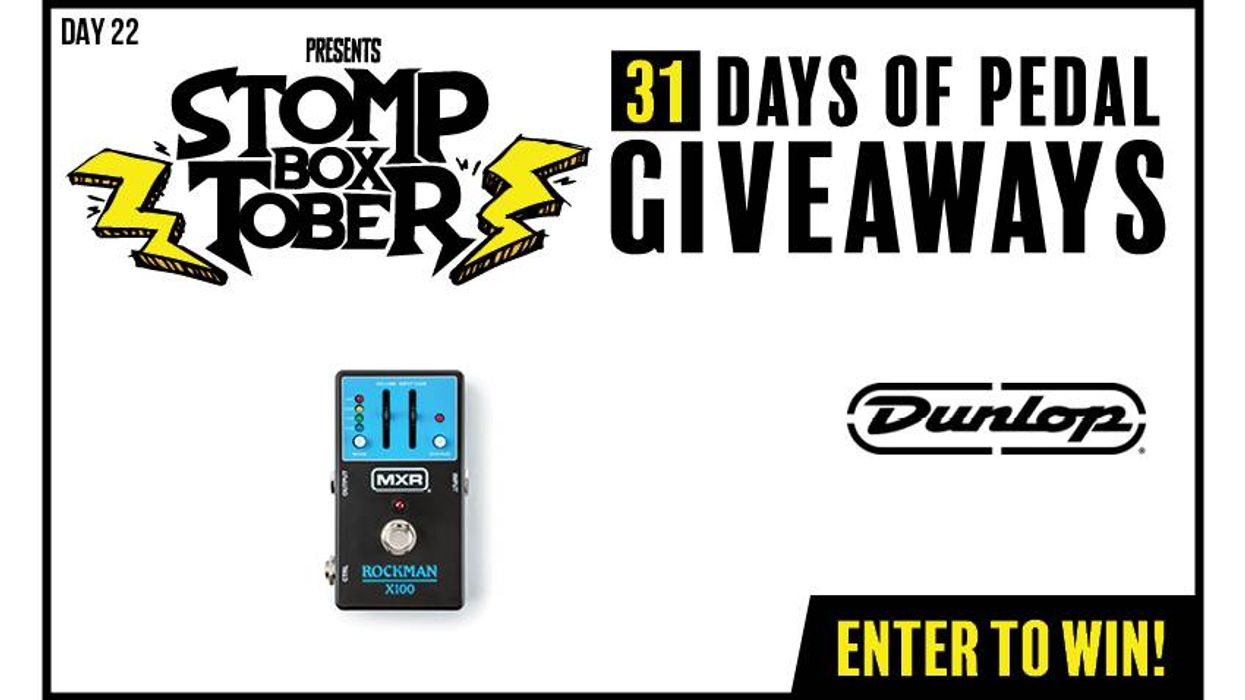
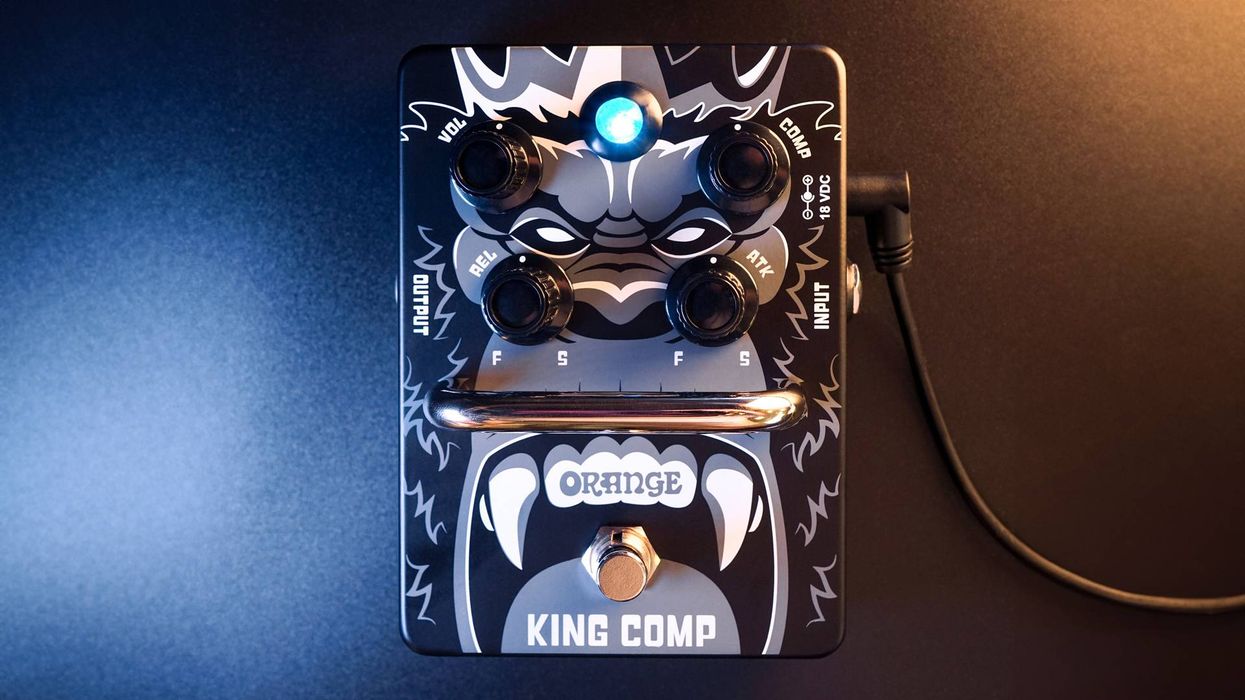
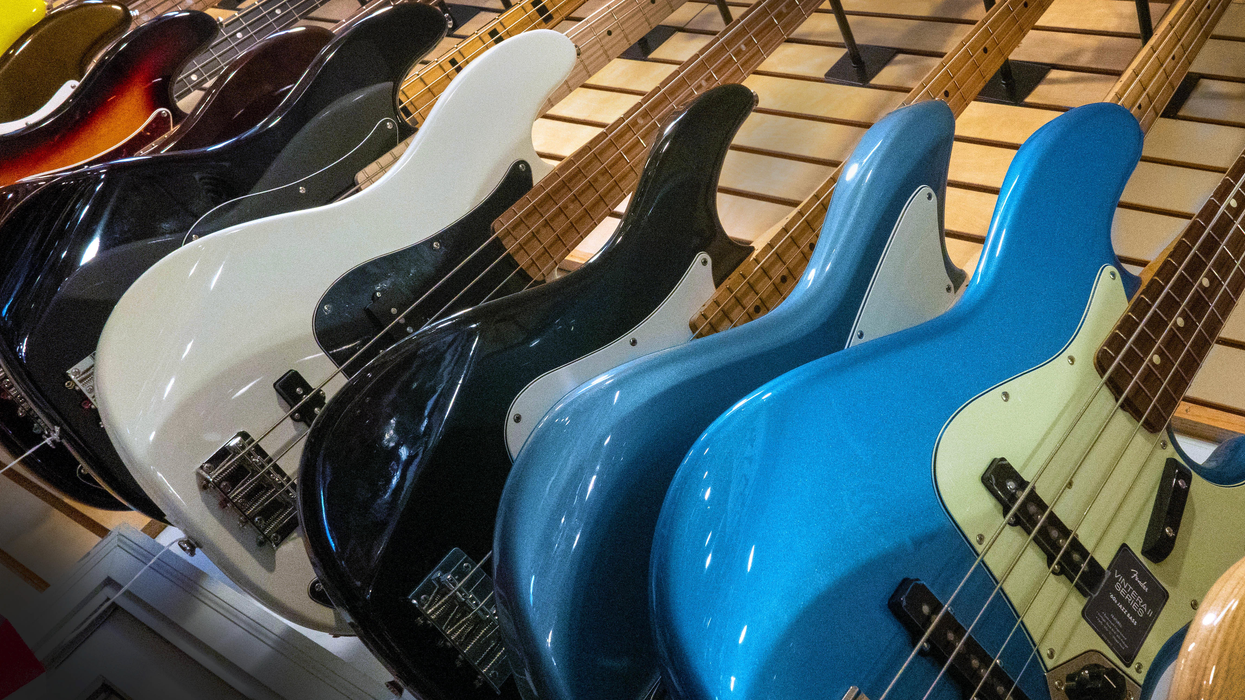
![Devon Eisenbarger [Katy Perry] Rig Rundown](https://www.premierguitar.com/media-library/youtube.jpg?id=61774583&width=1245&height=700&quality=70&coordinates=0%2C0%2C0%2C0)
